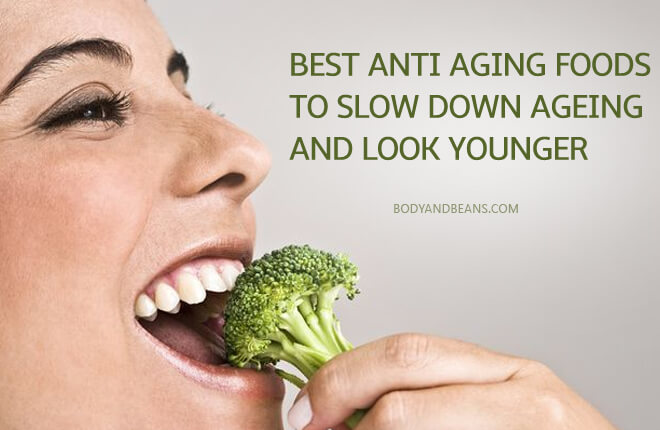In addition to its effect on maintaining bone health and normal calcium metabolism, Vitamin D influences a much broader array of physiological processes and is associated with a host of age-related health conditions (see post “Vitamin D Deficiency And Healthy Aging”). Vitamin D Deficiency has been linked to some skin conditions as well. These include psoriasis, eczema, acne, skin aging. Optimal level of vitamin D in the skin helps boost skin elasticity, stimulate collagen production, enhance radiance, and lessen wrinkles and fine lines, reduce dark spot.
Vitamin D is primarily synthesized in skin exposed to UV light, if not obtained by diet or supplements. Vitamin D metabolism in the epidermis begins with 7- dehydrocholesterol, which produces both cholesterol and previtamin D3. This generates calcitriol – the hormonally active form of vitamin D later in the liver and transported to various parts of the body. Skin has the ability to manufacture as much as 10,000 IU of vitamin D after 20–30 minutes of sun exposure. The following factors can limit or influence the amount of internal vitamin D synthesis through sun exposure alone: age, skin color, geographic latitude, seasonal variation in sunlight intensity and the widespread (but necessary) use of sunscreen. Calcitriol has been found to be able to regulate or activate over 2,000 genes and therefore contribute to a broad spectrum of impact on various health problems (see post “Vitamin D Deficiency And Healthy Aging”).
How does vitamin D maintain skin health and prevent (premature) skin aging?
One mechanism is through its ability in regulating genes and molecules involved in the immune system function and inflammation process. Vitamin D deficiency weakens immune system function and increase the adverse effect of chronic or excess inflammation on healthy skin (see article “Chronic or Excess Inflammation” from the skin aging theory section). Active vitamin D has its role in immune health and stimulates factors important for suppressing inflammation of the skin.
Another mechanism that vitamin D can prevent skin aging is through the regulation of skin cell (Keratinocytes) growth, differentiation and renewal for replenishment and rejuvenation of skin’s surface. Vitamin D promote skin cell renewal by regulating (epidermal) growth factors and other molecules involved in the skin cell division and differentiation. This is why vitamin D is absolutely essential to the maintenance of healthy-looking skin.
Moreover, Vitamin D was also implicated in its role to neutralize free radicals – one of the main causes of skin aging – including the skin damaging free radicals (reactive oxygen species) induced by too much sun exposure. (see article “free radical theory of skin aging”; photo skin aging: “UV Radiation And Skin Aging”). True, together with other well known antioxidant vitamins (Vitamin A, C, and E), vitamin D is a cell membrane antioxidant that can combat reactive oxygen species (inhibit cell membrane lipid peroxidation). The fact is vitamin D has been found to be more effective in reducing lipid peroxidation and increasing enzymes that protect against oxidation than vitamin E.
Vitamin D can also activate genes coding for antimicrobial receptors and the antimicrobial peptide, cathelicidin. This is why vitamin D is also known to combat acne and prevent skin infection at the site of injury and accelerate skin healing by stimulating the angiogenesis.
The general skin aging process also lead to a decreased ability in skin to synthesis vitamin D induced by sun exposure. When this intrinsic route of vitamin D synthesis is impaired by aging process (reduce by about 75%), external sources of vitamin D from diet and supplement may become even more crucial, because bulk of the vitamin D produced by sunlight is used by many other systems in the body. Heliotherapy – the controlled therapeutic exposure to sunlight may increase deficient vitamin D levels while also treating skin problems. In addition, topical Vitamin D skin care products is definitely an option to be be combined with supplements and outdoor activity in protecting and rejuvenating the aging skin.

